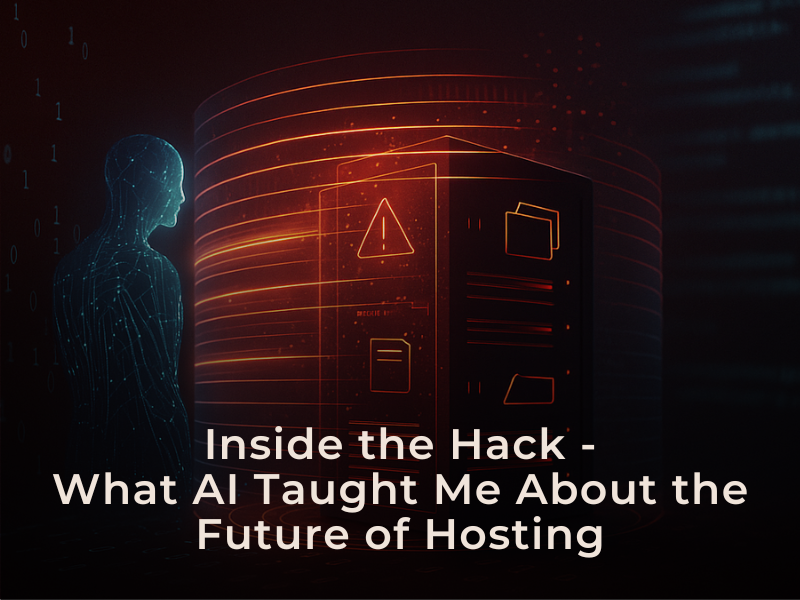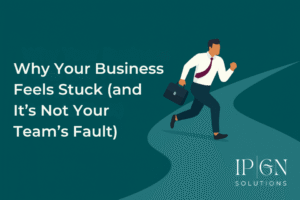A few days ago, I had one of the most stressful and incredible experiences I’ve ever had working online. It started like any normal day, and within minutes, everything was gone.
One of my secondary sites, a small non-profit website, suddenly went down with a 500 error. No big deal, I thought. That happens. But when I checked my server, it wasn’t just that site. Every website hosted on the same server was down.
The sinking feeling hit fast. I opened the console, refreshed the pages, checked the logs, and realised the worst. Our server, which was only ten days old, had been hacked.
This wasn’t a simple breach. It was fast, deep, and brutal. Within minutes, we had no access to anything. All the sites were locked. If we hadn’t had a backup plan, we would have had to rebuild everything from scratch. New WordPress installs, new setups, and all our existing content gone.
The cause was a WordPress donation plugin that had a data breach earlier in the year. We had no idea it was still vulnerable.
That’s when Claude stepped in.
The Moment Everything Changed
We had been experimenting with Claude, Anthropic’s AI, on a new project. We’d given Claude access to our server through Visual Studio Code to test its ability to edit and manage WordPress sites.
When the attack hit, Claude was already connected.
Out of instinct, we asked Claude to check why we were getting a 500 error. Within seconds, it began scanning the system, crawling directories, and reporting back. It found traces of malware buried deep inside multiple WordPress installs.
Claude didn’t stop there. It quarantined the infected files, patched obvious holes, and re-secured the directories. Watching it work was extraordinary—methodical, calm, and exact.
Bill, who was sitting next to me, said quietly, “I’d never be able to do what it’s doing right now.”
He was right. The malware was so deeply embedded that even an experienced engineer would have needed days, maybe weeks, to clean it. Claude did it in minutes.
For a moment, it felt like we’d beaten the attack.
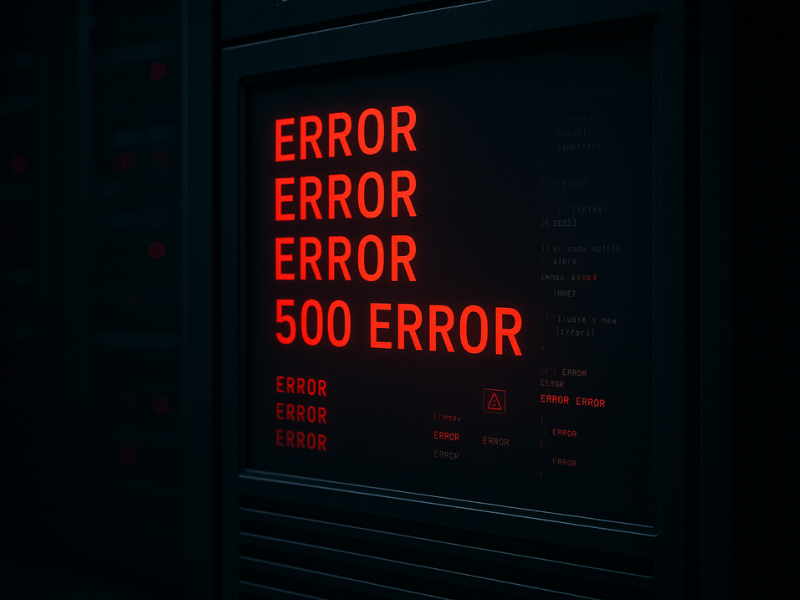
The Second Wave
But the relief didn’t last.
Over the next few days, new warnings began to appear. Some files refused to stay clean. Strange processes kept re-emerging. It became clear that the first infection was only the surface layer of something far more complex.
Claude went deeper, running recursive scans, checking hidden directories, analysing logs line by line. It found rootkits and obfuscated scripts designed to regenerate even after deletion. The infection had reached the core of the operating system.
In the end, the damage was too extensive. The server couldn’t be saved. We made the decision to shut it down completely and start fresh.
That was a hard call to make, but it turned out to be the right one. The data Claude recovered during those scans told us exactly how the breach had happened, where it came from, and what systems were affected. That knowledge changed everything about how we secure our infrastructure today.
What the Attack Exposed
The experience exposed a truth most small teams don’t want to admit: traditional hosting models aren’t built for the kind of threats we face now.
Shared servers, WordPress plugins, and legacy systems give attackers a hundred tiny doors to walk through. Most of us don’t realise how fragile our online presence is until something like this happens.
In the weeks after, we watched as more sites went down with the same vulnerability. Forums filled with people trying to recover their data, all hit by the same exploit chain.
The real problem wasn’t the hack itself, it was how unprepared most hosting setups are to defend against AI-driven attacks. The old rulebook doesn’t apply anymore.
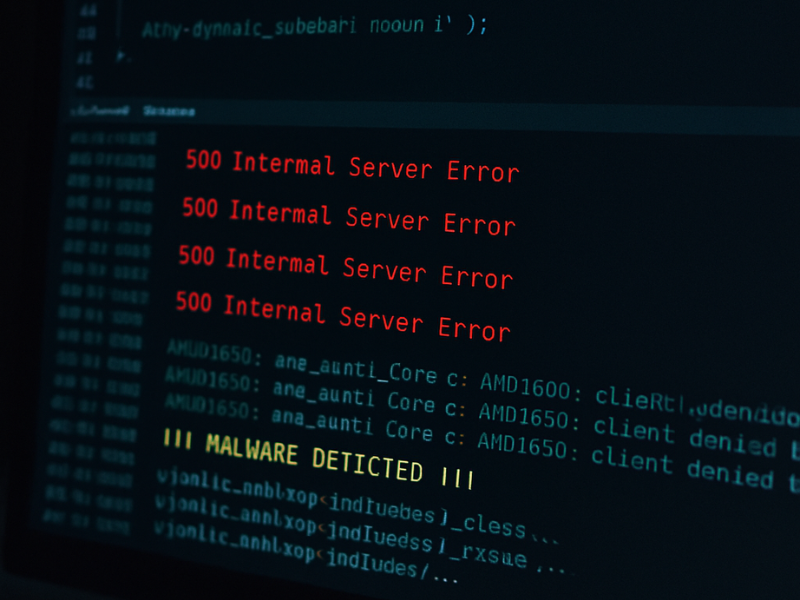
AI on Both Sides of the Battle
That day taught me something I hadn’t seen written about clearly before: AI is now part of the security story, on both sides.
The same intelligence that can scan, isolate, and repair is also capable of building more adaptive malware. Attacks are no longer random, they learn, adapt, and hide.
But Claude showed the other side of the equation. When used responsibly, AI can become a force for the little guy. It can automate threat detection, enforce real-time hardening, and perform tasks no human could manage at that speed.
Watching Claude at work was like seeing the next generation of cybersecurity unfold in real time. It wasn’t just following instructions, it was reasoning, comparing patterns, and thinking through solutions.
A New Way Forward
We rebuilt everything from the ground up after that incident. Every server, every policy, every login. Two-factor authentication on everything. SSH keys only. Regular integrity checks. Automated patching. AI-assisted threat monitoring.
The irony is that losing that server ended up strengthening everything we do.
Since then, I’ve looked at hosting through a completely different lens. It’s not just about uptime or performance anymore, it’s about adaptability.
Hosting in the age of AI isn’t static. It’s a living ecosystem that needs constant intelligence behind it. Whether that comes from tools like Claude or future systems that merge monitoring, reasoning, and self-healing, one thing is clear: the next era of infrastructure will be AI-first.
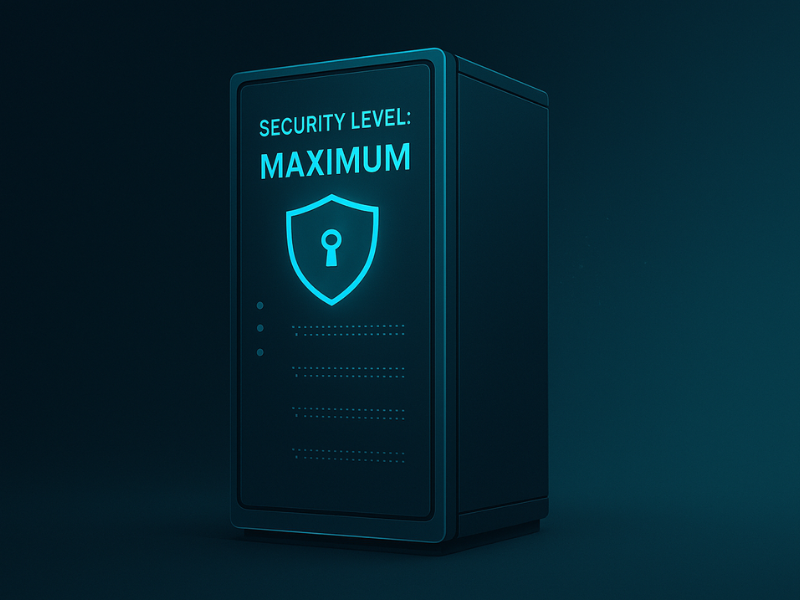
The Lesson I Won’t Forget
When the attack began, I thought we’d lost everything. Within thirty minutes, Claude gave us hope. Within a few hours, it gave us answers.
In the end, we still lost the server, but we gained understanding, and a new respect for what intelligent systems can do when used with care and intent.
This wasn’t science fiction. It was real.
AI didn’t just save us that day, it taught us.
The future of hosting won’t be built on bigger firewalls or faster hardware. It will be built on reasoning. On systems that can think, adapt, and act before the damage is done.
And that, more than anything, gives me hope.


